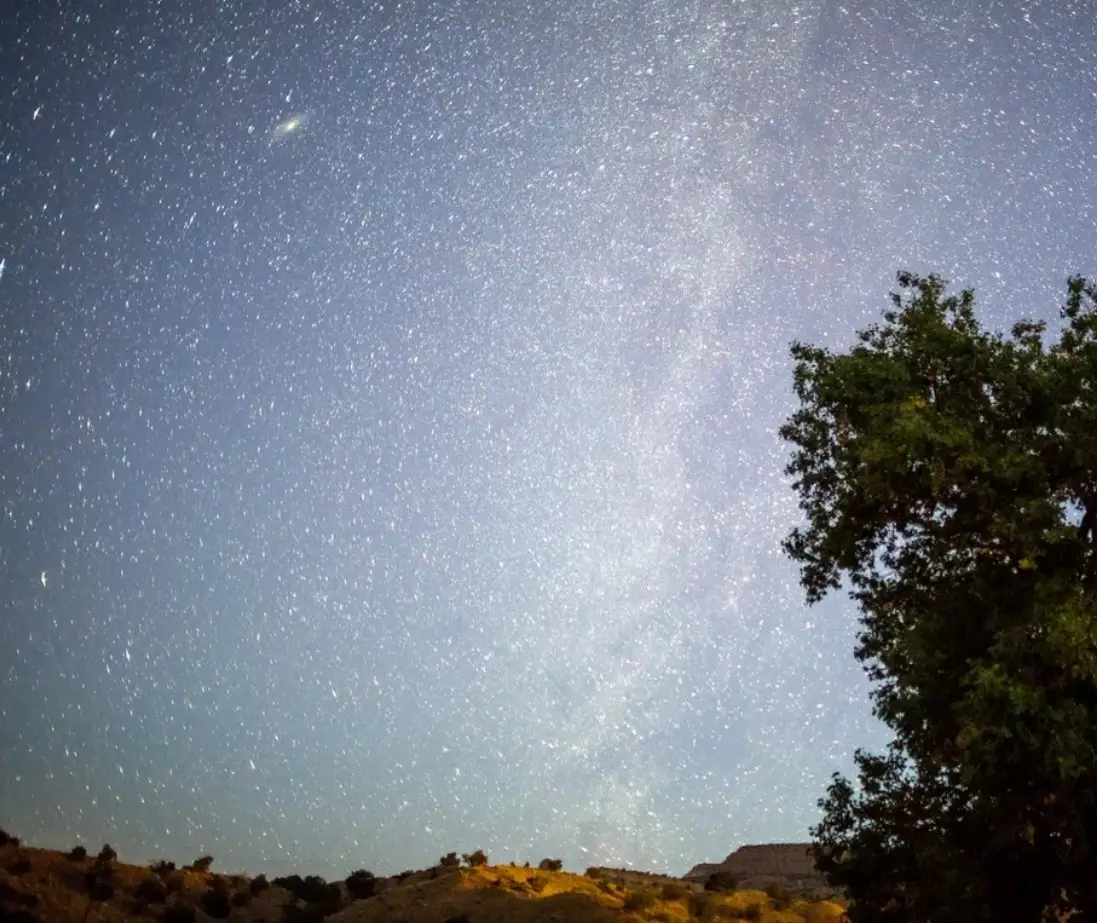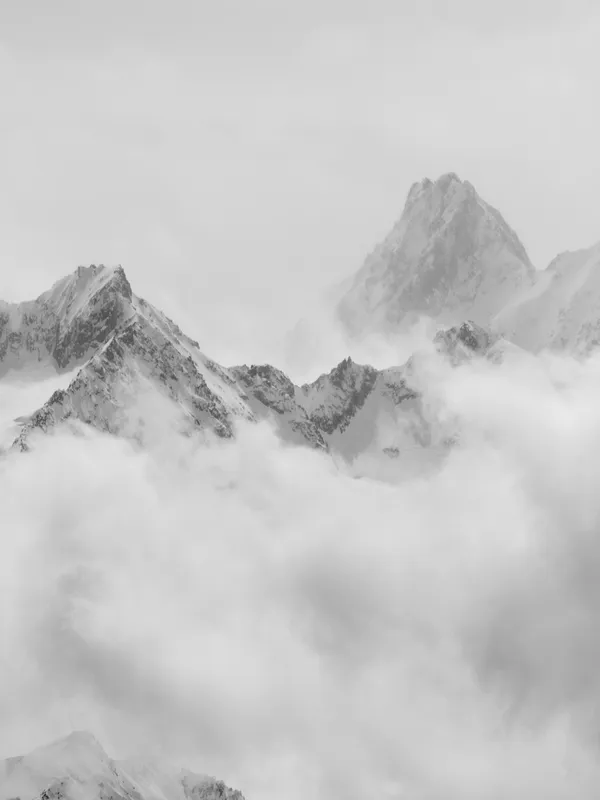The Outdoor Enthusiast’s Guide to the Night Sky
By Cap Puckhaber, Reno, Nevada
I’m Cap Puckhaber—a marketing professional, amateur investor, and part-time blogger. I love finding the intersection between my hobbies. Today, we explore how to leverage your passion for the outdoors to experience the universe.
Many people only look up when a “once-in-a-lifetime” event, like a major eclipse, dominates the news. We wait for a special invitation from the cosmos. However, the truth is that the night sky puts on a spectacular show every single night. You just have to know where—and when—to look.
For hikers, campers, and outdoor enthusiasts, you already have a massive advantage. You know how to get away from the real enemy of stargazing: light pollution. In fact, the International Dark-Sky Association (IDA) notes that 99% of people in Europe and the United States live under light-polluted skies. You, however, are already packing your gear to go where the skies are truly dark.
Your Year-Round Celestial Calendar
The universe operates on reliable schedules. Instead of waiting for one specific date, you can plan your adventures around events that return like clockwork. These recurring phenomena offer a perfect excuse to plan a camping trip or a night hike.
The “Shooting Stars” That Return Every Year
Meteor showers are perhaps the most reliable and rewarding celestial events. These are not random; they occur when Earth passes through the debris trail left by a comet or asteroid. Consequently, they happen at the same time each year.
The two most famous are the Perseids in August and the Geminids in December. According to NASA, during these peaks, you can see dozens of meteors per hour. All you need is a clear sky, a warm blanket, and a spot far from city lights.
Eclipses and Supermoons: Our Constant Companion
Lunar eclipses happen far more frequently than their solar counterparts. During a total lunar eclipse, the full moon passes through Earth’s shadow, often turning a deep, dramatic red. Because the entire nighttime side of Earth can see it, they are fantastic events to plan around.
Furthermore, you can simply follow the monthly lunar cycle. A “Supermoon” occurs when the full moon is at its closest point to Earth. In contrast, the New Moon (when the moon is invisible) provides the darkest skies. This is, without a doubt, the absolute best time for viewing the Milky Way.
The “Wandering Stars” Hiding in Plain Sight
You do not need a rare alignment to see planets. On almost any clear night, you can spot the “wandering stars” that our ancestors watched. Venus is the brightest “star” visible just after sunset or before sunrise. Jupiter also shines brilliantly, and even Saturn and Mars are easily visible to the naked eye.
These planets look like non-twinkling stars. Their constant, steady light makes them easy to identify. They provide a reliable and beautiful sight for any hiker taking a rest after sundown.
How to Be a ‘Celestial’ Outdoor Enthusiast

You already have the hiking boots and the backpack. Adding “stargazer” to your toolkit is simple and requires very little extra weight.
1. Master the Simple Gear
Forget complicated telescopes for now. The single best tool for an outdoor enthusiast is a good pair of binoculars. Binoculars gather far more light than your naked eye. This allows you to see the moons of Jupiter, the vast craters on our own Moon, and the fuzzy glow of the Andromeda Galaxy.
Also, pack a red-light headlamp. A red light preserves your night vision. A bright white light from a phone or regular flashlight will instantly ruin your eyes’ dark adaptation, which can take over 20 minutes to recover.
2. Plan Around the Dark
The best plan is often the simplest one. First, check the weather for clear skies. Second, check the lunar calendar. You should plan your biggest stargazing trips around the New Moon.
Finally, use your outdoor skills to find a location with a wide, open view, especially to the south (which is where the Milky Way core is). Many national and state parks are now certified as International Dark Sky Parks, making them perfect destinations.
Top U.S. Dark Sky Locations for Outdoor Adventures
While any remote spot is good, these locations are officially recognized as some of the darkest and best-protected skies in the country.
The Southwest (A Stargazer’s Paradise)
- Big Bend National Park, Texas: Often cited as having the darkest skies in the lower 48 states, its remote location makes it an unparalleled destination.
- Grand Canyon National Park, Arizona: This park’s sheer scale and protected status offer breathtaking views of the Milky Way arching over the canyon.
- Arches & Canyonlands National Parks, Utah: Utah has the highest concentration of Dark Sky Parks. The red rock formations create an otherworldly foreground for night photography.
The West Coast & Mountains
- Death Valley National Park, California: This “Gold Tier” park’s dry air and remote basins provide exceptionally clear and dark skies.
- Joshua Tree National Park, California: Famous for its unique trees, this park is an accessible dark-sky location for millions in Southern California.
- Great Basin National Park, Nevada: This remote park is a true hidden gem, offering high-elevation views far from any major city.
The Midwest
- Headlands International Dark Sky Park, Michigan: Located on the shores of Lake Michigan, this park is a fantastic spot to see the stars and even the Northern Lights.
- Badlands National Park, South Dakota: The park’s wide-open prairies and unique geological formations allow for completely unobstructed 360-degree views of the sky.
The East Coast
- Cherry Springs State Park, Pennsylvania: This is arguably the most famous and darkest stargazing spot on the East Coast, attracting astronomers from all over.
- Acadia National Park, Maine: As the highest point on the North Atlantic seaboard, Cadillac Mountain offers incredible coastal stargazing.
- Kissimmee Prairie Preserve State Park, Florida: A surprising oasis of darkness in a brightly lit state, this park protects a rare prairie ecosystem and its “nightscape.”
Stargazing FAQ for Beginners
These common questions will help you get started on your first celestial adventure.
1. What are the best stargazing apps?
Using an app is the easiest way to learn the sky. You just point your phone, and it identifies everything. Great beginner-friendly apps include SkyView Lite, Stellarium, and Star Walk 2. They all use your phone’s GPS and compass to show you exactly what you are looking at in real-time.
2. Do I really need a telescope?
Absolutely not! You can see five planets (Mercury, Venus, Mars, Jupiter, Saturn), countless constellations, meteor showers, and the Milky Way with just your naked eye. A simple pair of binoculars is the best next step. With binoculars, you can see Jupiter’s moons, details on our own Moon, and the faint, “smudgy” light of the Andromeda Galaxy.
3. What is the “Bortle Scale”?
You may hear advanced stargazers mention this. The Bortle Scale is a 9-level system that measures the quality (darkness) of the night sky. A Class 1 is a pristine, perfect sky (like at Big Bend). A Class 9 is an inner-city sky where you can only see the Moon and a few bright planets. Your goal is to get to the lowest number possible.
4. What is the difference between a meteor, comet, and asteroid?
It’s simple:
- Asteroids are large, rocky objects orbiting the Sun, mostly in the asteroid belt.
- Comets are “dirty snowballs” of ice, rock, and dust. When they get close to the Sun, they form a glowing coma (head) and a long tail.
- Meteors (or “shooting stars”) are the streaks of light you see when small pieces of debris—often from a comet’s tail—burn up in our atmosphere.
5. When is the best time to see the Milky Way?
In the Northern Hemisphere, there is a “Milky Way season” that runs from roughly March to September. During these months, the Galactic Core—the brightest, most dramatic part of the Milky Way—is visible. The absolute best time is on a clear, moonless night in the middle of summer, when the core is high in the sky.
Conclusion: Your Next Adventure Is Looking Up
The cosmos is not a rare event; it is a constant, unfolding spectacle. As an outdoor enthusiast, you are uniquely positioned to experience it.
So, the next time you pack your gear for an overnight trip, check a stargazing app and the lunar calendar. Throw in those binoculars. The universe offers a free, front-row show to everyone willing to step outside the city lights and simply look up.
About the author
Cap Puckhaber is a marketing strategist, finance writer, and outdoor enthusiast. He writes across CapPuckhaber.com, TheHikingAdventures.com, SimpleFinanceBlog.com, and BlackDiamondMarketingSolutions.com. Follow him for honest, real-world advice backed by 20+ years of experience.
10 Unforgettable Outdoor Destinations
Winter Camping and Snow Hiking Gear Guide
How I Use AI for Trip Planning

Join our Mailing List
Sign up with us now and be the first one to know about our exclusive offers and product updates.
By submitting your information, you`re giving us permission to email you. You may unsubscribe at any time.
Follow Cap Puckhaber on Social Media


About the Author: Cap Puckhaber
Backpacker, Marketer, Investor, Blogger, Husband, Dog-Dad, Golfer, Snowboarder
Cap Puckhaber is a marketing strategist, finance writer, and outdoor enthusiast from Reno, Nevada. He writes across CapPuckhaber.com, TheHikingAdventures.com, SimpleFinanceBlog.com, and BlackDiamondMarketingSolutions.com.
Follow him for honest, real-world advice backed by 20+ years of experience.





